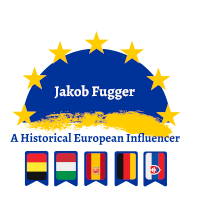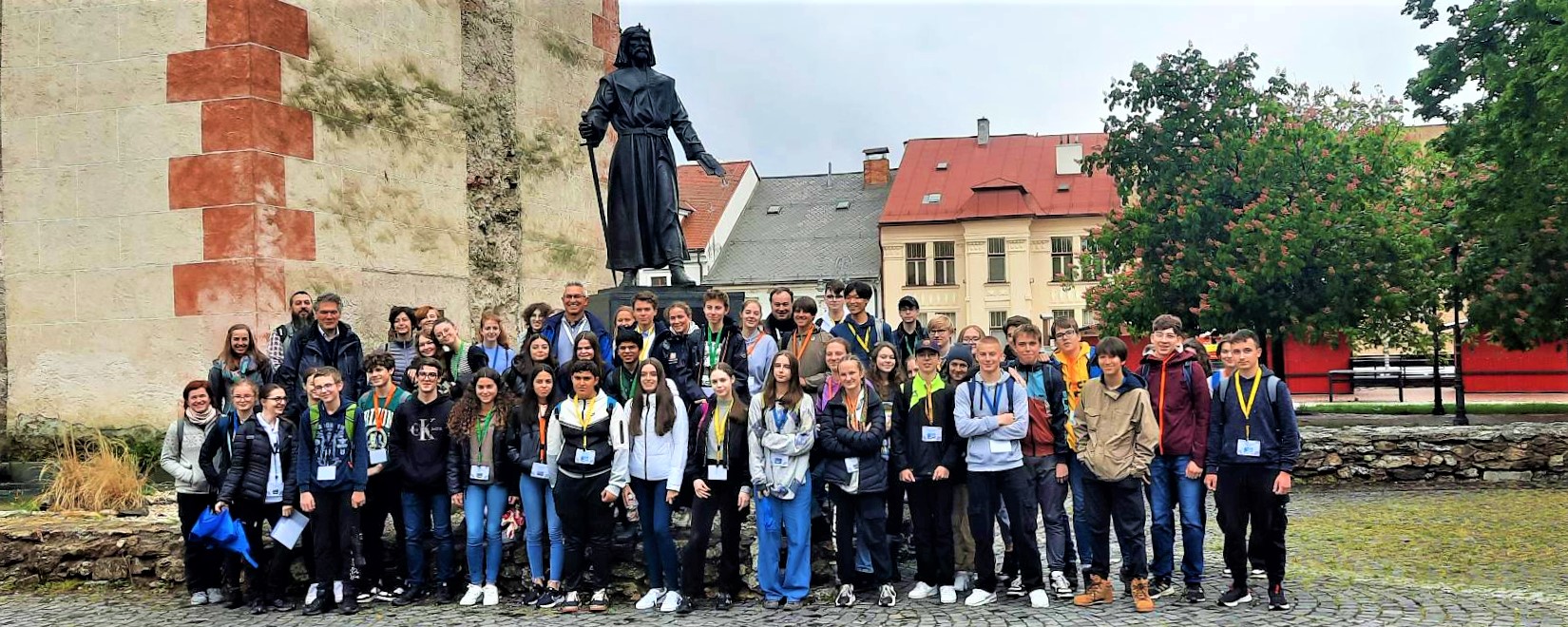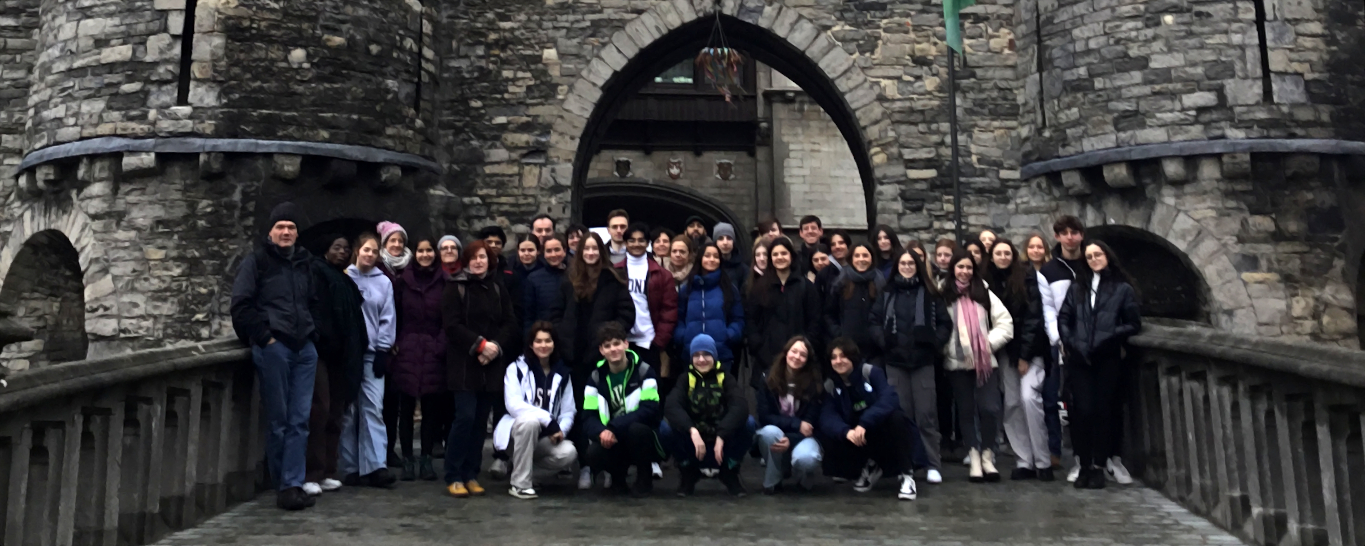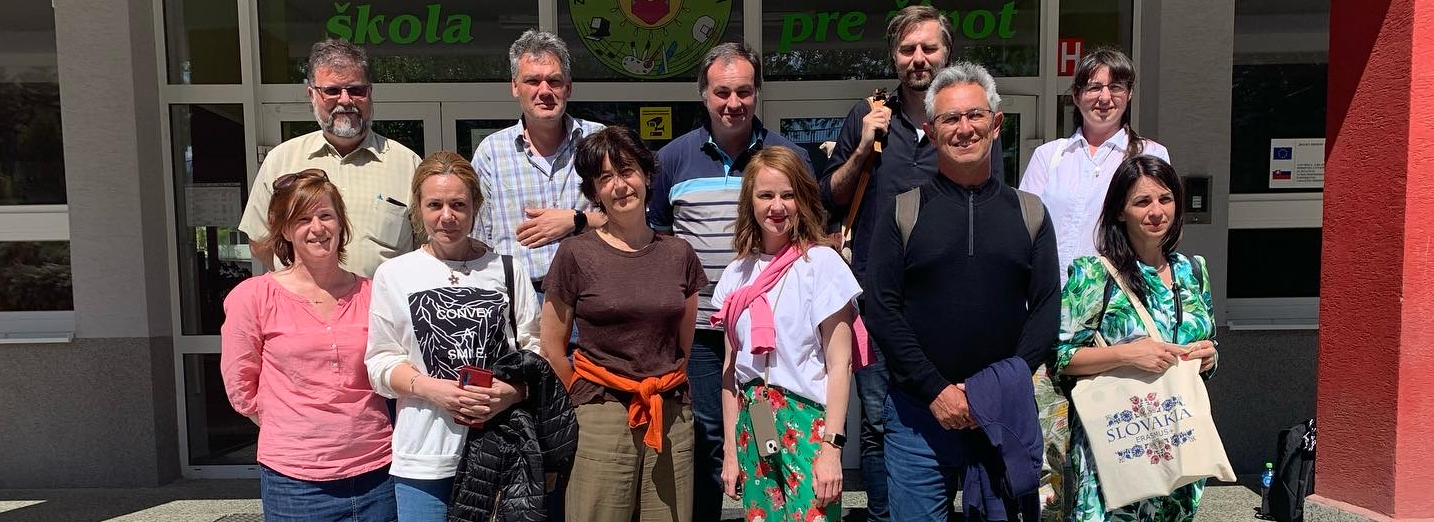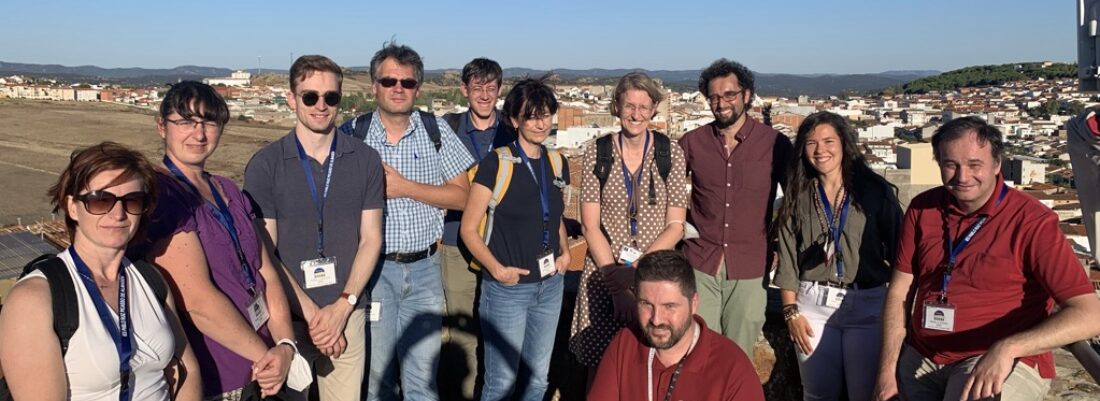Context and background
In the past decades, the worldwide trade has become one of the most important issues in all European countries. Unlimited pan European trade without taxation and currency risks is one of the successful models of the European Union. However, its foundation had already been laid in the early centuries with the first European trading road, the Fugger Road. The project Europäische Fuggerstraße, initiated by the tourist organizations of various European cities (e.g. Augsburg, Banská Bystrica and Sterzing), has been charting the cities in which Jakob Fugger amassed his wealth. It aims to raise awareness of the pan European trade from 1490 till nowadays, especially of its role to connect nations. We will explore this route in more depth and extend it to two not yet included cities: The raw materials from his mines were shipped via the port of Antwerp worldwide and the mercury mines around Almadén came into Fugger’s possession and ensured the growth of his income.
Participants and objectives
The project involves five schools from Germany (Augsburg), Italy (Sterzing), Slovakia (Banská Bystrica), Spain (Almadén) and Belgium (Antwerp). The cities are all related to the person of Jakob Fugger. It is the main objective of the project to research on the similarities and differences and to find out what different impacts his business practices have had on the cities on an economic, a social and an environmental level up to the present. Our project will encourage a scientific approach to the topics of trade and mining involving 14-16-year-old pupils, covering different subjects from the schools´ curricula. We will teach our students to take a critical-ethical look at the sociological problems of trade and mining then and now (economics), map out the consequences of mining for their respective regions (chemistry, biology, geography), try to find answers to the questions of how Jakob Fugger became the richest man in the world and what influence his business practices have had on the local population by looking at individual stories, experiences, surroundings, buildings and foundations (history). We will ask what lessons and alternatives can be offered for the future generations concerning the cultural heritage and the sustainable development of the involved countries. The students will be made aware of the roots of globalization and the ways of how networks are created. The project will reveal how networks influence life situations and what happens to regions if regional and transregional conditions change (e.g. decline of the mining industry, economic competition or cost-benefit principle).
Results
The four main results of the project will be:
- a collection of cross-curricular teaching materials on the topic of Jakob Fugger, trading and mining for the usage in our schools and also for the dissemination to other schools
- a project blog where all the project activities (films, texts, photos) will be accessible also after the project’s completion
- exhibitions in all participating schools open to the public where the students‘ work from all the project meetings will be displayed
- the obtainment of the Europass for all participating students
Impact and long-term benefits
The project fosters the students` personal development and their intercultural, collaborative, scientific, digital and entrepreneurial competences as well as their English language skills. It broadens their knowledge about other countries and towns, about history, the mining industry and the use of technology in mining. The schools will also share new and innovative teaching practices, which improve the interdisciplinary and transnational cooperation between teachers. The usage of eTwinning and all its resources will enable the international exchange of the best teaching and learning methods. This will finally lead to a positive impact on our schools and our educational systems. By exchanging all these diverse experiences, the participants will get to know the benefits of a united Europe better.
